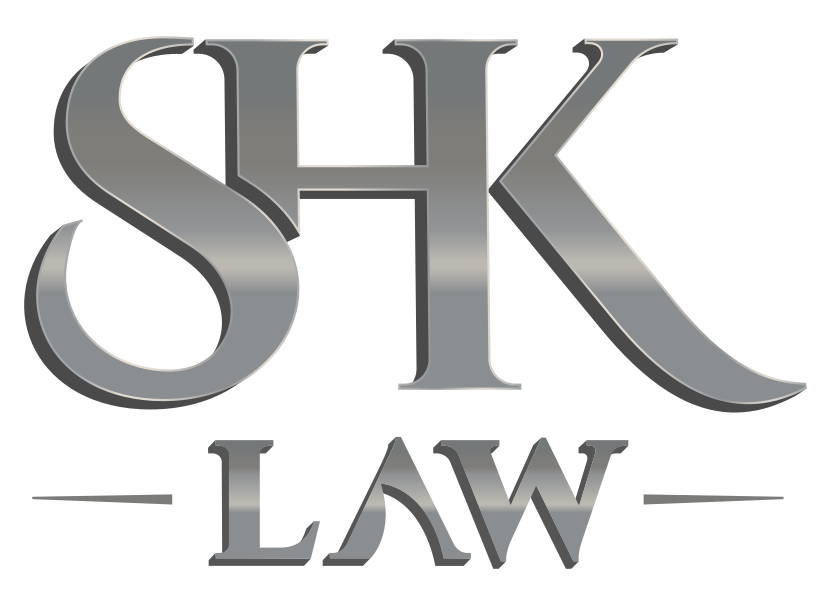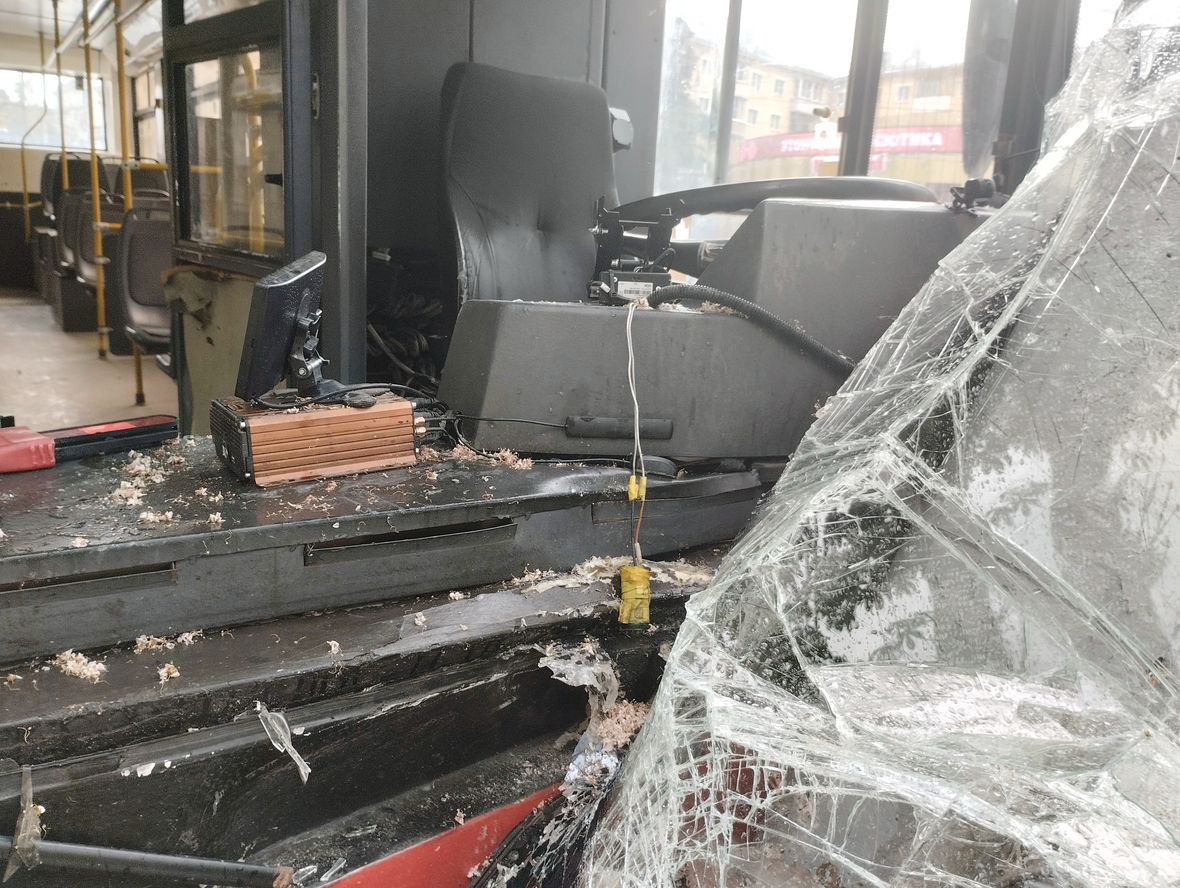LA Tour Bus Crash: Support and Legal Help for Victims
The recent tour bus crash on State Route 60 has left victims and their families reeling. SHK Law understands the challenges you face and is here to provide support and a clear path forward.
SHK Law Offers Support for Those Affected
On May 11, 2025, a tragic collision on State Route 60 in Los Angeles resulted in a fatality and injuries to 32 others. A tour bus carrying 63 passengers collided with a stationary Nissan Pathfinder, leading to a devastating fire. If you’ve been impacted by this event, you’re likely seeking answers and support. SHK Law, a leading personal injury firm in Los Angeles, has created this guide to help you understand your options and rights.
What Happened: Details of the Los Angeles Tour Bus Crash
Just after 5:00 a.m. on State Route 60, east of downtown Los Angeles, the collision occurred. According to the California Highway Patrol (CHP), the tour bus, traveling from Morongo Valley towards Koreatown, struck a stopped Nissan Pathfinder. The SUV tragically caught fire, and its driver perished at the scene. The impact caused the bus to veer across lanes before crashing into a guardrail, sustaining significant front-end damage. The Los Angeles County Fire Department reported that 32 of the 63 bus passengers suffered injuries, ranging from minor to critical.
Who Can Be Held Liable for Tour Bus Accident Injuries?
In incidents like this, multiple parties could potentially be held accountable. SHK Law’s experienced legal team will conduct a thorough investigation to identify all liable parties, which may include:
- Tour Bus Operator: If the bus driver acted negligently (e.g., distracted driving, speeding) or lacked proper training, the operating company could be held responsible. They have a duty of care to ensure the safety of their passengers.
- Vehicle Manufacturer: If a defect in the tour bus (like brake failure) or the SUV (causing it to stall dangerously) contributed to the crash, the respective manufacturers could be liable.
- Government Entities: If poor road maintenance, inadequate signage, or other unsafe conditions on State Route 60 were a factor, local or state authorities might be accountable. They have a responsibility to maintain safe public roadways.
- Third Parties: If another vehicle or an external factor caused the SUV to become disabled in a hazardous location, those parties could also bear responsibility.
Determining all liable parties is crucial, as it can impact the available avenues for compensation.
Steps to Take After a Tour Bus Accident
If you have been affected by a bus crash in Los Angeles crash, taking the following steps can help protect your interests:
- Immediately seek medical attention and document all injuries meticulously. Even seemingly minor injuries can have long-term effects.
- Gather any evidence you can, including photos of the scene, medical records, and witness contact information. If possible, write down your recollection of the events.
- Contact SHK Law as soon as possible for a free consultation to understand your legal options and protect your rights. California generally has a two-year statute of limitations for personal injury claims, but acting quickly ensures evidence is preserved and your claim is filed timely.
SHK Law offers free consultations to evaluate your situation and explore your options.
Why Choose SHK Law for Support After the Crash?
Based in Los Angeles County, California, SHK Law is committed to serving clients nationwide on a contingency fee basis, meaning you don’t pay us unless we recover compensation for you. Our experienced legal team specializes in personal injury cases, including complex bus accident litigation. If you or a loved one was affected by this tragic Los Angeles tour bus crash, don’t face this difficult time alone. Contact SHK Law today at (818) 960-0011 for a free, confidential consultation. We are dedicated to helping you seek the justice and compensation you deserve.
The information provided on this website does not, and is not intended to, constitute legal advice. Instead, all information, content, and materials available on this site are for general informational purposes only. Information on this website may not constitute the most up-to-date legal or other information. It may also be inaccurate, incomplete, or inapplicable to the person reading it. This website also contains links to other third-party websites; such links are only for the convenience of the reader, user or browser. The content on this webpage/website is provided “as is;” no representations are made that the content is error-free.
Readers of this website/webpage should contact their own attorney to obtain advice with respect to any legal matter. No reader, user, or browser of this site should act or refrain from acting on the basis of information on this site. Instead, they should seek legal advice from counsel in their relevant jurisdiction. Only your individual attorney can provide assurances that the information contained herein – and your interpretation of it – is applicable or appropriate to your particular situation. Use of, and access to, this website or any of the links or resources contained within the site do not create an attorney-client relationship between the reader, user, or browser and the law firm SHK Law, the lawyers at SHK Law, or the authors or contributors of this website.










